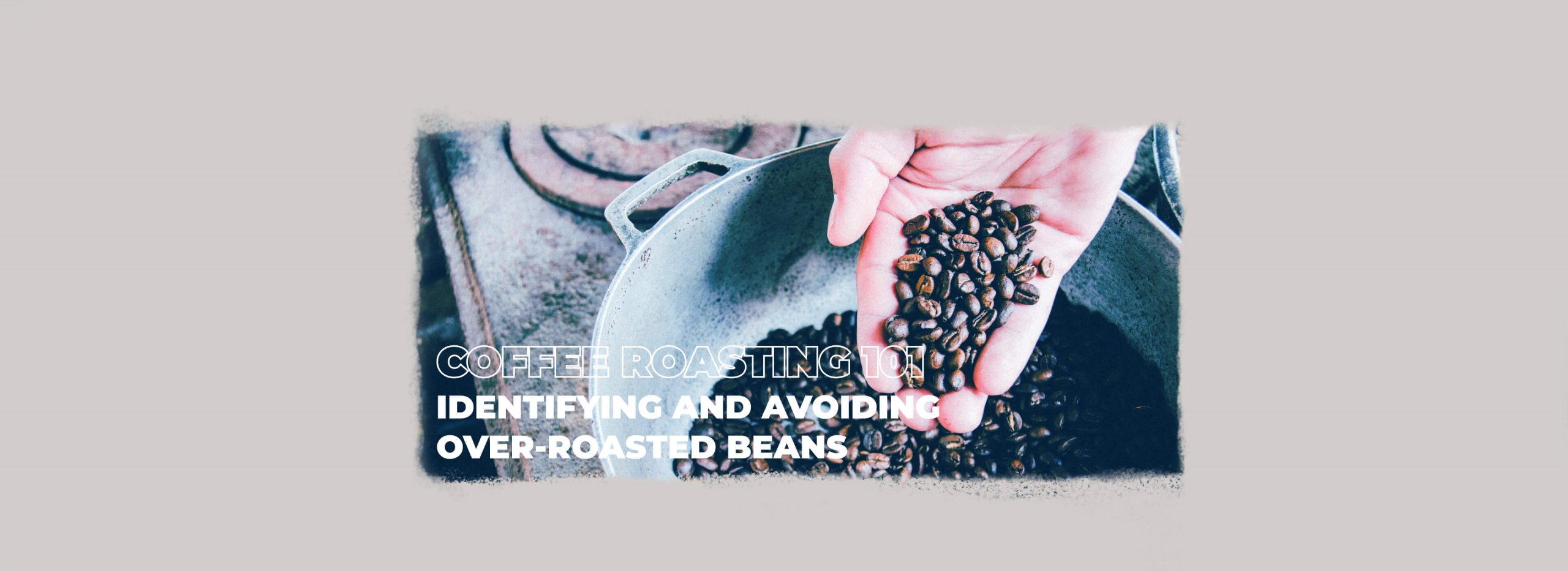Country Diary: Identifying And Roasting A Wild Carrot Cousin

Table of Contents
Identifying Your Wild Carrot Cousin: A Forager's Guide
Accurate identification is paramount when foraging for wild edibles. Mistaking Queen Anne's Lace ( Daucus carota) for a poisonous plant, particularly poison hemlock (Conium maculatum), can be fatal. Therefore, meticulous attention to detail is crucial before you even consider harvesting.
Distinguishing Queen Anne's Lace from Poison Hemlock:
The difference between a delicious meal and a deadly mistake often lies in careful observation. Let's examine the key distinguishing features:
-
Queen Anne's Lace (Daucus carota):
- Flower: Flat-topped umbels of tiny white flowers, often with a single dark purple flower in the center.
- Leaves: Finely divided, fern-like leaves, lacy and delicate.
- Stem: Hairy, often reddish in color, branching near the top.
- Root: A long, slender taproot, white to light orange in color.
- Habitat: Commonly found in meadows, fields, and roadsides.
- Height: Generally 1-3 feet tall.
-
Poison Hemlock (Conium maculatum):
- Flower: Similar umbels of white flowers, but generally larger and lacking the central purple flower.
- Leaves: More coarsely divided than Queen Anne's Lace, appearing smoother and shinier.
- Stem: Smooth, often purple-spotted, particularly near the base.
- Root: Fleshy, white, and has a strong unpleasant odor.
- Habitat: Prefers moist areas, often near water sources.
- Height: Generally 3-8 feet tall.
Key Differences Summarized:
- | Feature | Queen Anne's Lace | Poison Hemlock | |-----------------|------------------------------------|---------------------------------| | Stem | Hairy, sometimes reddish | Smooth, often purple-spotted | | Leaves | Finely divided, lacy | More coarsely divided, smoother | | Central Flower| Often a single dark purple flower | Typically absent | | Smell | Mild, carrot-like scent | Musty, unpleasant odor |
Other Look-Alikes: Water hemlock is another extremely poisonous plant that may resemble Queen Anne's Lace. It's vital to consult multiple reliable identification sources and, when in doubt, err on the side of caution: leave it out!
Harvesting Your Wild Carrot Cousin Responsibly
Ethical and sustainable foraging is essential to ensure the longevity of wild plant populations and preserve biodiversity.
Ethical Foraging Practices:
- Sustainable Harvesting: Only harvest a small portion of the plants you find, leaving plenty for reproduction and future growth. Avoid over-harvesting in a single area.
- Respect Private Property: Always obtain permission before foraging on private land.
- Environmental Considerations: Avoid harvesting in areas known to be polluted or treated with pesticides.
- Tools for Harvesting: Use a small, sharp knife or trowel to carefully extract the roots, minimizing damage to the surrounding plants.
Cleaning and Preparing the Roots:
Once harvested, carefully clean the roots:
- Remove Soil and Debris: Gently brush off any soil, loose debris, and damaged sections.
- Peeling and Chopping: Peel the roots, then chop or slice them into similarly sized pieces for even roasting.
- Pre-Roasting Treatment (Optional): Soaking the roots in cold water for a few hours can help to remove any residual soil and improve their texture.
Roasting Your Wild Carrot Cousin: A Simple Recipe
The Roasting Process:
This recipe uses a simple roasting method to bring out the natural sweetness of the wild carrot cousin:
Ingredients:
- 1 lb cleaned and chopped wild carrot roots
- 2 tablespoons olive oil
- 1 teaspoon salt
- ½ teaspoon black pepper
- Optional: Fresh thyme, rosemary, or other herbs
Instructions:
- Preheat your oven to 400°F (200°C).
- Toss the chopped roots with olive oil, salt, pepper, and any desired herbs.
- Spread the roots in a single layer on a baking sheet.
- Roast for 20-25 minutes, or until tender and slightly browned.
Serving Suggestions:
Roasted wild carrot cousin roots make a delicious and nutritious side dish. They can be served warm or at room temperature, as part of a larger meal or on their own.
- Flavor Pairings: They pair well with roasted meats, poultry, or fish. They also complement other roasted vegetables like potatoes, parsnips, or Brussels sprouts.
- Garnishes: Fresh herbs (parsley, chives), a squeeze of lemon juice, or a sprinkle of sea salt can enhance the flavor and presentation.
Conclusion: Enjoy the Harvest – Your Wild Carrot Cousin Adventure
Identifying and roasting wild carrot cousins is a rewarding experience that connects you with nature and provides a delicious, unique culinary adventure. Remember, responsible foraging and accurate plant identification are crucial for a safe and sustainable harvest. Start your wild carrot cousin foraging and roasting adventure today! Learn more about identifying and preparing other edible wild plants. [Link to relevant resource 1] [Link to relevant resource 2]

Featured Posts
-
 Second Measles Case In Virginia In 2025 Concerns Rise
May 30, 2025
Second Measles Case In Virginia In 2025 Concerns Rise
May 30, 2025 -
 All The Air Jordans Dropping In June 2025
May 30, 2025
All The Air Jordans Dropping In June 2025
May 30, 2025 -
 Dolbergs Malprognose 25 Mal Eller Mere Et Chokskifte I Sigte
May 30, 2025
Dolbergs Malprognose 25 Mal Eller Mere Et Chokskifte I Sigte
May 30, 2025 -
 Giro D Italia Update Del Toro Wins Stage 17 Australian Riders Withdraw
May 30, 2025
Giro D Italia Update Del Toro Wins Stage 17 Australian Riders Withdraw
May 30, 2025 -
 Urgent Search Glacier Induced Landslide Buries Swiss Village
May 30, 2025
Urgent Search Glacier Induced Landslide Buries Swiss Village
May 30, 2025
